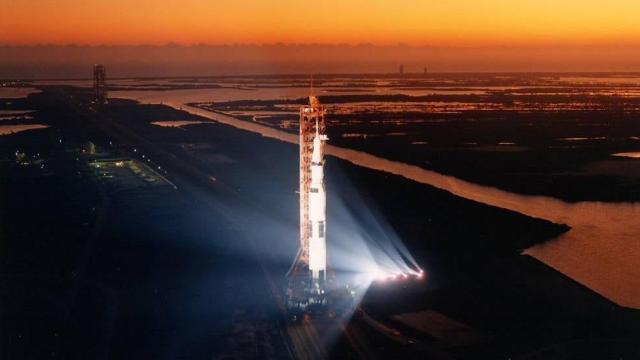For millennia, our species looked at the Moon as a place that would forever be beyond our reach, but 20th-century technologies finally made our natural satellite accessible to probes, landers, and even human explorers. Despite these achievements, however, the Moon has furiously resisted our overtures, whether it be these lamentable historical episodes or Japan’s recent failure with its Hakuto-R lander.
In August 1958, some six months after the launch of the first U.S. satellite, the Air Force tried to launch a probe on a flyby mission to the Moon. The mission failed, so the Air Force tried again in September (NASA was still brand-new in 1958, having been founded earlier in the year). The second mission also failed, as did the next two attempts. The Soviet Union tried similar missions at the same time, also experiencing a stream of defeats. Failed launches were the primary culprits, as rocket science was still in its infancy.
These first faltering steps were a sign that treks to the Moon weren’t going to be easy. No doubt, the following years and decades would bear witness to remarkable achievements but also a tremendous number of setbacks. Even today, as we prepare for the Artemis era, our attempts to reach the Moon aren’t always met with success. Here are some of the most notable failed Moon missions from the past 65 years.
ispace’s Hakuto-R M1 lander (2023)
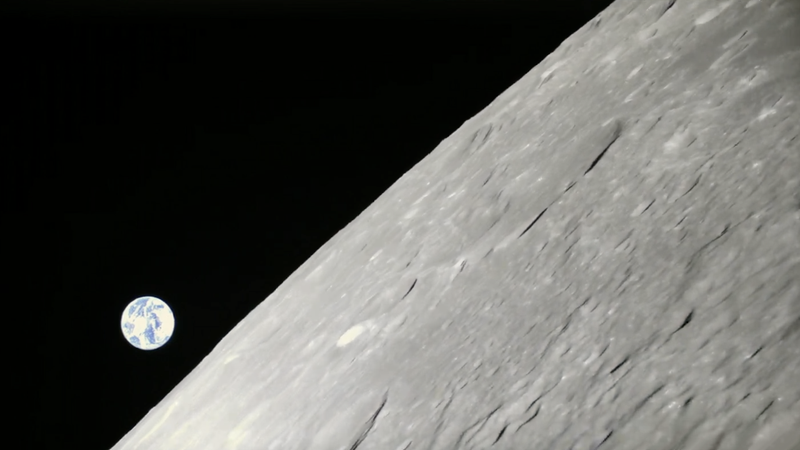
Tokyo-based company ispace hoped to make history as the first commercial venture to land a lander on the Moon, but it wasn’t meant to be. Following a four-month journey to the Moon, the Hakuto-R M1 lander crashed onto the lunar surface on April 25, 2023. Engineers are still trying to figure out what went wrong (the lander unexpectedly accelerated shortly before reaching the surface, possibly the result of a distance miscalculation), but the failed landing resulted in the loss of several payload items, including the UAE’s Rashid rover, a transformer-like robot, among other items. Undaunted, ispace said it will continue to develop its Hakuto-R platform for delivering commercial and public payloads to the Moon. The failed attempt means a private firm has yet to succeed with a soft lunar landing.
The U.S. Air Force Pioneer 0 mission (1958)
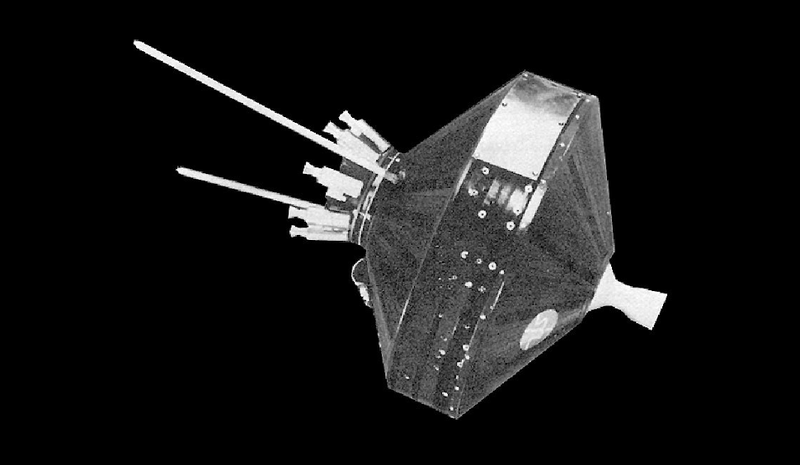
With the space race in full swing, the U.S. Air Force designed a series of pathfinder missions to assess the feasibility of lunar exploration. Known as the Pioneer missions, they were “first attempt to send a spacecraft anywhere beyond Earth orbit,” according to NASA. The first of these missions, known as Able 1 (and later named Pioneer 0) did not go well, with the Thor-Able rocket exploding 73 seconds after launch on August 17, 1958. The next three Pioneer launches ended similarly, and it wasn’t until the launch of Pioneer 4 on March 3, 1959 that a semblance of success was achieved.
The Soviet Union’s Luna E-1 No. 1 (1958)
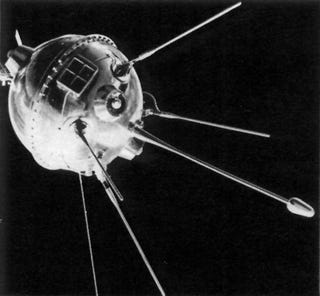
Like the U.S., the Soviet Union was eager to reach the Moon. The Luna series of missions attempted to do just that, but these early exploratory attempts also resulted in a host of failures. The very first of these missions, Luna E-1 No. 1 (also known as Luna 1958A), was an attempt to deliberately crash a spacecraft onto the lunar surface, but the 794-pound (360 kg) Ye-1 probe never reached space. On September 23, 1958, the launch vehicle “underwent a structural failure due to vibration caused by pressure oscillations in the…boosters and exploded 92 seconds after launch,” according to NASA.
NASA’s first 6 Ranger missions (1961-1964)
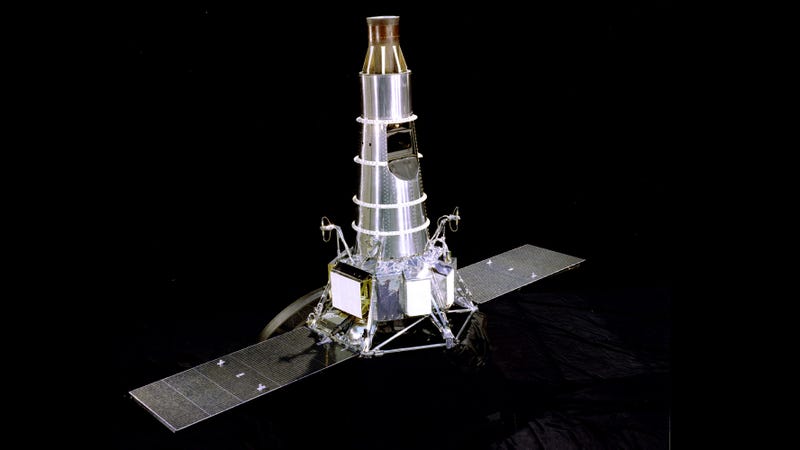
Whereas the early Pioneer missions were attempts to simply reach the Moon’s vicinity, NASA’s Ranger missions of the 1960s were efforts to study the Moon with probes and then deliberately crash them onto the lunar surface. Ranger missions 7 through 9 were successful, but the same could not be said for the preceding six missions, as NASA explains:
Ranger 1 was launched from Cape Canaveral, Florida, on August 23, 1961, followed by the launch of Ranger 2 on November 18 of that year. In both cases, the Agena B rocket engine failed to restart and both spacecraft reentered Earth’s atmosphere a short time later.
Ranger 3 was launched January 26, 1962, but an inaccuracy put it off course and it missed the Moon. Ranger 4 had a perfect launch on April 23 of that year, but the spacecraft was completely disabled. The project team tracked the seismometer capsule to impact just out of sight on the far side of the Moon, validating the spacecraft’s communications and navigation system. Ranger 5 missed the Moon following its launch on October 18, 1962, and was disabled. Ranger 6 was launched January 30, 1964, and had a flawless flight culminating in impact as planned on the Moon; its television system, however, was disabled by an in-flight accident and could take no pictures.
The Ranger 7 mission finally set things straight, with the probe capturing more than 4,300 photos and crashing into Mare Cognitum.
NASA’s Surveyor 2 (1966) and Surveyor 4 (1967)
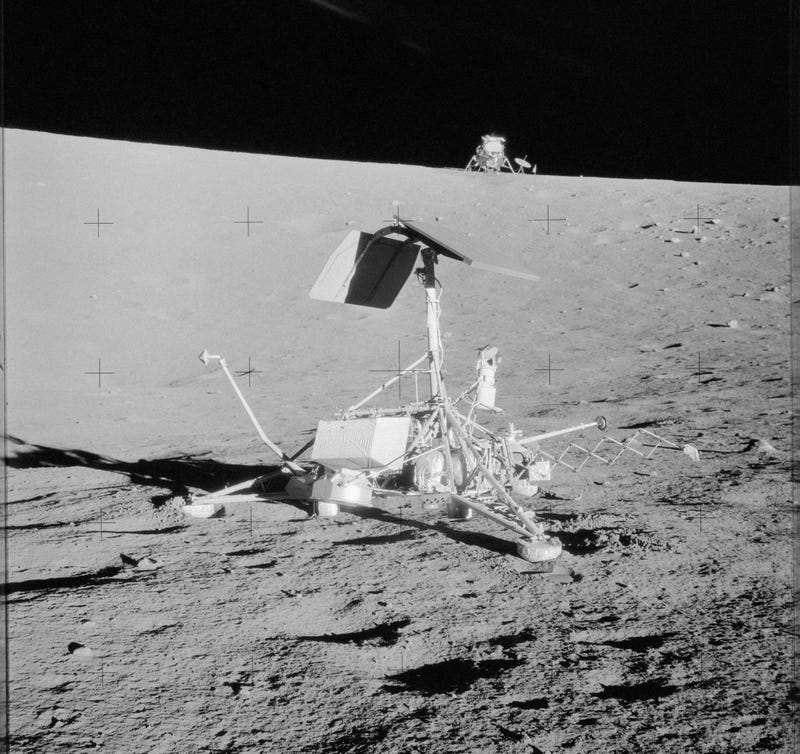
NASA’s Surveyor probes are famous for being the first U.S. spacecraft to land safely on the lunar surface, but two of the seven missions were complete write-offs. Surveyor 2 crashed on the Moon in September 1966 when its engine failed to ignite, while Surveyor 4 crashed in July 1967 following the loss of radio communications.
The Soviet Zond 6 mission (1968)

The Soviet Union successfully launched its Zond 6 spacecraft on November 10, 1968, in a mission to perform a lunar flyby and a subsequent return to Earth. Zond 6 managed to circle the far side of the Moon, but the mission experienced a host of problems, including the failed deployment of its high-gain antenna (a backup sensor was used to regain control of the spacecraft), and temperatures within a thruster tank dropped far below acceptable levels during the return trip. “Engineers attempted to heat the tank by direct sunlight, but as they later discovered, such a procedure affected the weak pressurization seal of the main hatch and led to slow decompression of the main capsule, which would have undoubtedly killed a crew on board,” according to NASA. And as a last insult, the spacecraft failed to properly deploy its parachutes during re-entry, resulting in the complete loss of the vehicle on the plains of Kazakhstan.
Apollo 13 (1970)
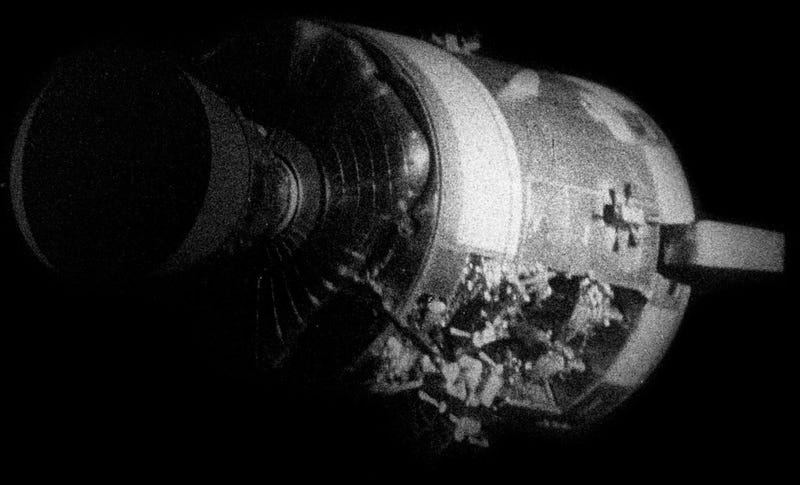
Like Zond 6, NASA’s Apollo 13 mission can be considered a successful failure. The third Apollo lunar landing attempt had to be aborted following the rupture of a service module oxygen tank two days into the mission. Shortly after, and while the crew of three floated some 200,000 miles (322,000 km) from Earth, NASA astronaut James Lovell famously said: “Houston, we’ve had a problem here.” With oxygen running out, the crew was forced to retreat from the Command Module to the Lunar Module. They worked closely with NASA mission control, improvising new procedures and ways to stay alive. Lovell, along with Jack Swigert and Fred Haise, safely returned to Earth on April 17, 1970.
The Soviet Luna 15 mission (1969)
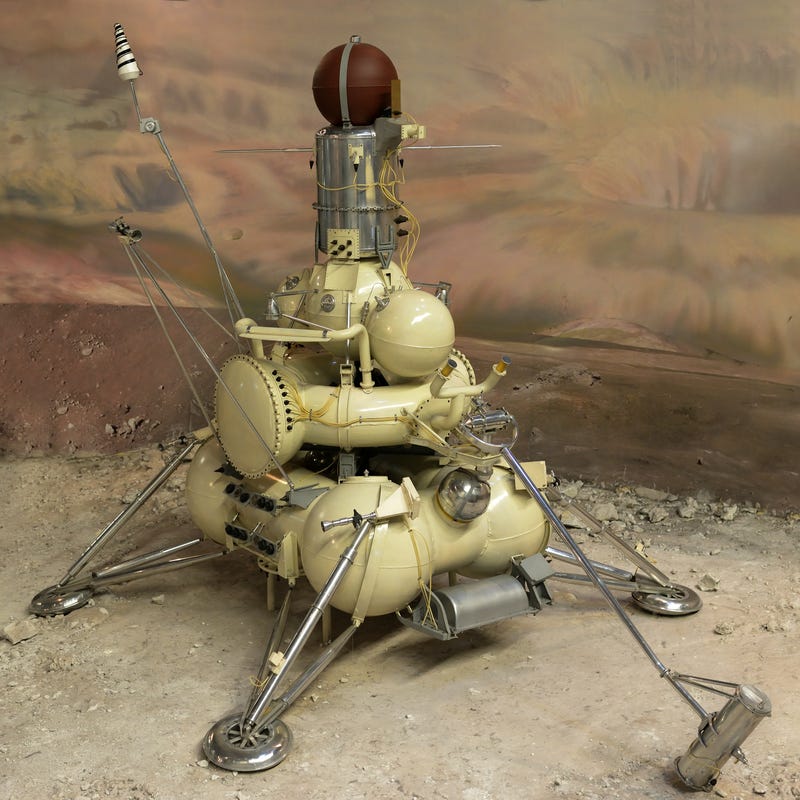
The Soviet Union’s long-running Luna program involved dozens of missions to the Moon, not all of them successful. Luna experiments, of which 46 were organized, involved either orbiters or landers, which were used to collect scientific data about the Moon and perform preliminary work for crewed missions that never happened. Running from 1958 to 1976, Luna missions achieved many firsts, including the first flyby of the Moon and the first soft landing, but for each successful mission the program endured around two failures.
One notable failure was Luna 15, which attempted a lunar landing and sample return mission. The probe unexpectedly crashed on the lunar surface on July 21, 1969—the same day that NASA astronaut Neil Armstrong became the first human to walk on the Moon. The Tranquility Base moonwalkers were never in any danger, as the 12,500-pound probe crashed around 540 miles (870 km) away in Mare Crisium.
China’s Longjiang-1 (2018)
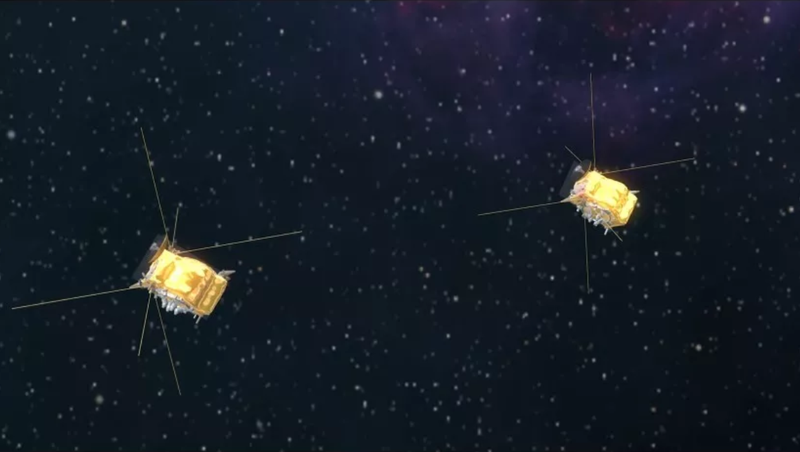
As part of China’s Chang’e 4 mission to the Moon, two microsatellites, Longjiang-1 and Longjiang-2, were launched in May 2018 on missions to conduct ultra long-wave astronomical observations in lunar orbit. Longjiang-2 reached its destination, but Longjiang-1 experienced problems that prevented it from leaving Earth orbit.
India’s Beresheet probe (2019)
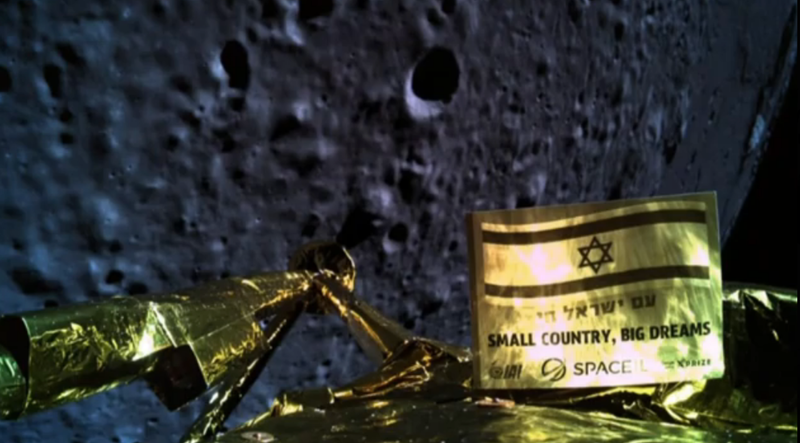
In 2019, Israel attempted to become just the fourth country to land a functioning probe on the Moon, joining the United States, the Soviet Union, and China. Sadly, it did not happen, as the Beresheet probe crashed during its attempted landing on April 11, 2019. The crash, which spilled a batch of tardigrades onto the lunar surface, was traced to a technical glitch that prevented the probe from slowing down during the descent.
India’s Vikram lander (2019)

In an echo of the Beresheet mishap, India failed to land its Vikram lander on the Moon in September 2019. The probe failed to slow during descent, causing it to hit the surface at speeds reaching 110 miles per hour (180 km/hr). Three months later, an amateur astronomer spotted the scattered remains of the lost probe.
JAXA’s OMOTENASHI (2022)

When NASA’s Space Launch System (SLS) rocket flew for the first time in November 2022, it delivered a batch of ten low-cost cubesats to space, in addition to the uncrewed Orion capsule. OMOTENASHI, designed by Japan’s Aerospace Exploration Agency (JAXA), was supposed to attempt a semi-hard lunar landing using solid rocket motors, but the space agency was unable to establish communication with probe after launch. NASA’s Near-Earth Asteroid Scout also failed, but its target was an asteroid, and not the Moon.
NASA’s Lunar Flashlight (2022)
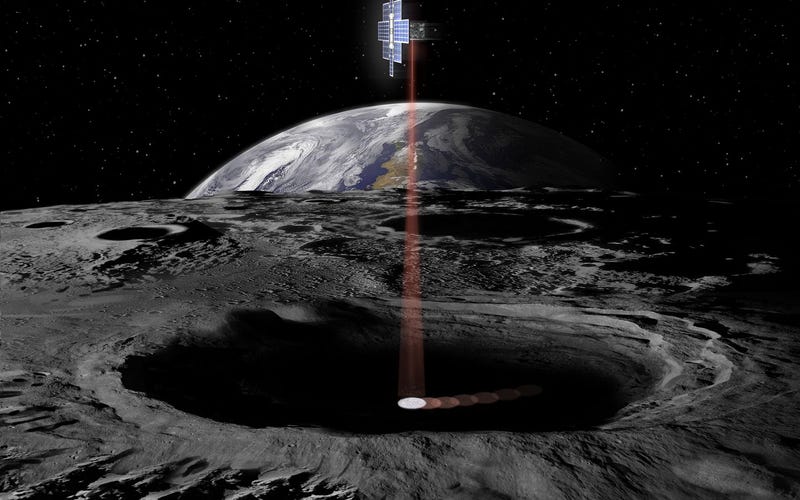
Problems with NASA’s Lunar Flashlight emerged shortly after its launch in December 2022. Obstructed fuel lines led to thruster troubles, which prevented the water-hunting probe from entering into its planned halo orbit around the Moon. NASA, along with engineers at Georgia Tech, devised a plan in which Lunar Flashlight’s remaining thrust capability would push the probe into a high Earth orbit from where it could scan the Moon’s southern polar region for signs of water ice once per month, instead of the planned once per week. In this sense, the Lunar Flashlight mission represents a partial failure.
ispace’s Hakuto-R Mission 1 (M1) lander (2023)

Tokyo-based ispace failed in its attempt to land an uncrewed commercial lander at the Moon’s Atlas crater in the far northern hemisphere. On December 11, 2022, a SpaceX Falcon 9 rocket launched the Hakuto-R M1 lander, part of ispace’s lunar exploration program. This mission aimed to offer cost-effective lunar payload delivery, with the M1 carrying various payloads, including a small transformable robot from the Japanese space agency and the Emirati Rashid rover. Additionally, it transported two Canadian commercial payloads: a lunar camera from Canadensys Aerospace and an AI flight computer from Mission Control Space Services. Hakuto-R M1 crashed on April 25, 2023, during its attempt to land, when a large cliff caused the lander to miscalculate its distance to the surface.
Russia’s Luna-25 lander (2023)
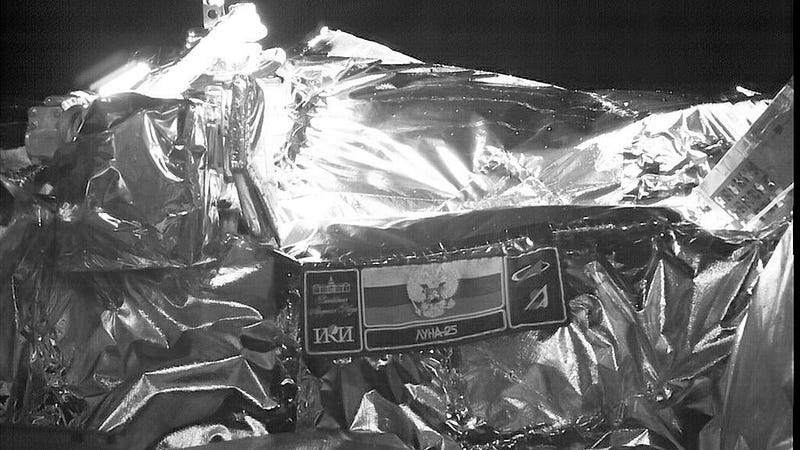
Luna-25—Russia’s first lunar mission in 47 years—likewise failed to achieve its goals, crashing onto the Moon on August 21, 2023. A preliminary investigation indicated that an engine burn, which was supposed to position the lander into a pre-landing orbit around the Moon, mistakenly placed it too close to the lunar surface, leading to Luna-25’s lunar smash-up.
Astrobotic’s Peregrine-1 lunar lander (2024)
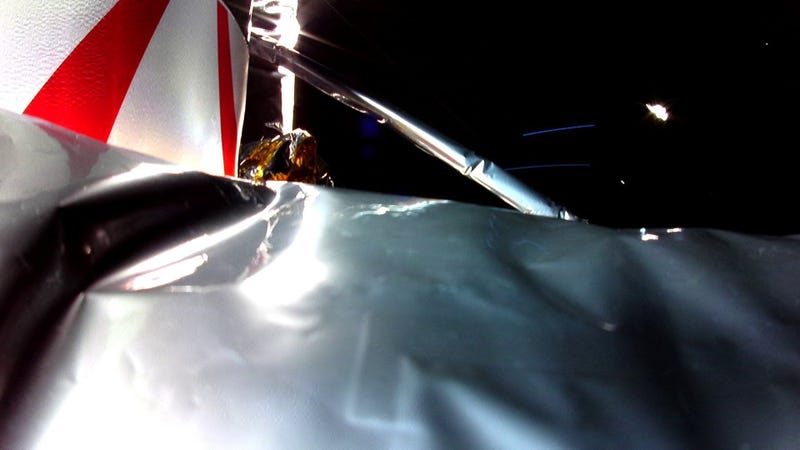
Astrobotic’s Peregrine lander, launching aboard ULA’s Vulcan Centaur on its inaugural fight, never got the chance to perform a lunar landing. The lander, funded under NASA’s Commercial Lunar Payload Services (CLPS) program, leaked critical amounts of propellant shortly after reaching space, the result of a faulty valve. Peregrine was supposed to deliver over 20 different payloads to the lunar surface, including a batch of NASA instruments, a swarm of tiny robots from Mexico, a German radiation detector, a student-built rover, time capsules, and a physical bitcoin. Painfully, the lander was also packed with DNA (in the form of hair samples) and the cremated remains of over 200 individuals, in what was meant as a space memorial mission chartered by Celestis and Elysium Space.
